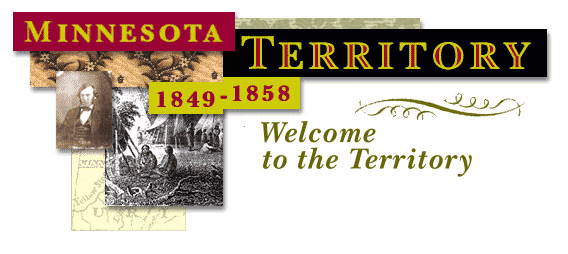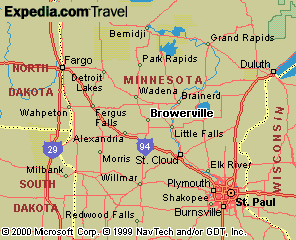
 |
 |
 |
 |
| The land once shared by the Dakota (Sioux), Ojibwe (Chippewa), and Ho Chunk (Winnebago) would become Minnesota. The Indians lived by hunting, fishing, and gathering food. The first white people who came to Minnesota in the 1700s were interested in trading with the Indians. The fur traders did not want to own the land.
Explorers from Europe charted the area on their maps. France, and later England and Spain, laid claim to the land. The lines on the map changed. But for the Indians who lived there, the land remained the same. They did not think of land as something to be owned. Beginning in 1805, Indians in the area that became Minnesota agreed to make concessions of land for specific uses by the U.S. government. In exchange, they received money, goods, and various promises. Land was ceded through treaties, which were agreements between two sovereigns, the Indian nations and the United States government. By 1858, when Minnesota became a state, almost all Indian lands in Minnesota had been ceded. The U.S. government made the land available to white settlers. In 1805 the Dakota ceded 100,000 acres of land at the intersection of the Mississippi and Minnesota rivers. Lieutenant Zebulon Pike negotiated the agreement so that the U.S. government could build a military fort there. Of the seven Indian leaders present at the negotiations, only two signed the treaty. Pike valued the land at $200,000, but no specific dollar amount was written in the treaty. At the signing, he gave the Indian leaders gifts whose total value was $200. The U.S. Senate approved the treaty, agreeing to pay only $2,000 for the land. Generally, the Indians who signed treaties did not read English. They had to rely on interpreters who were paid by the U.S. government. It is uncertain whether they were aware of the exact terms of the treaties they signed. Minneapolis and St. Paul are located on the land that was ceded in 1805. |